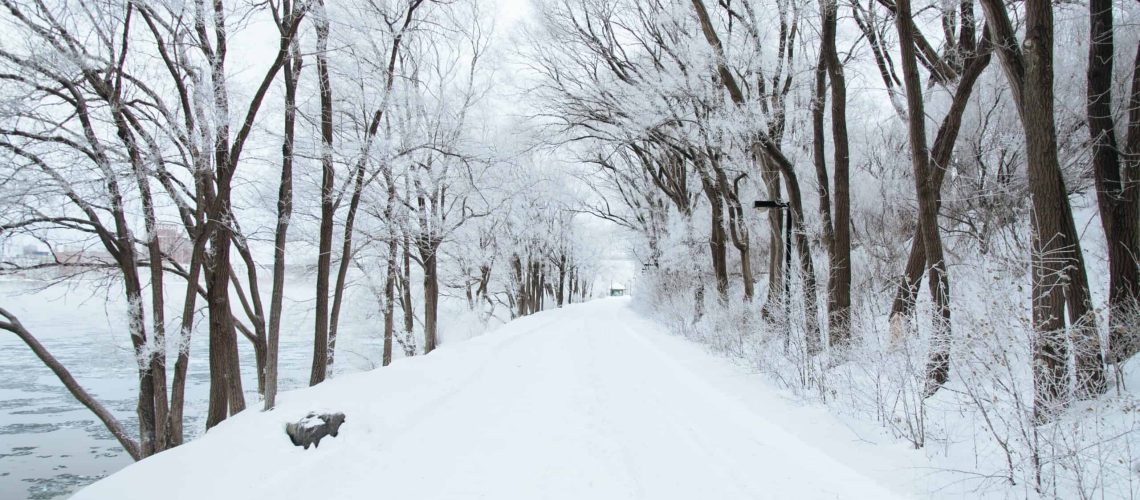
As the weather turns cold it’s time to think about Winter Emergency Planning, we have put together some key points to consider in preparation:
Remember to tailor the content to your care service and service users and include any specific guidelines or recommendations provided by relevant health authorities. Always check for the latest information and updates from authoritative sources to ensure accuracy and relevance.
SRG Care Consultancy
Unit P,
10 Stone Way,
Lakesview Business Park,
Canterbury, Kent
CT3 4GP